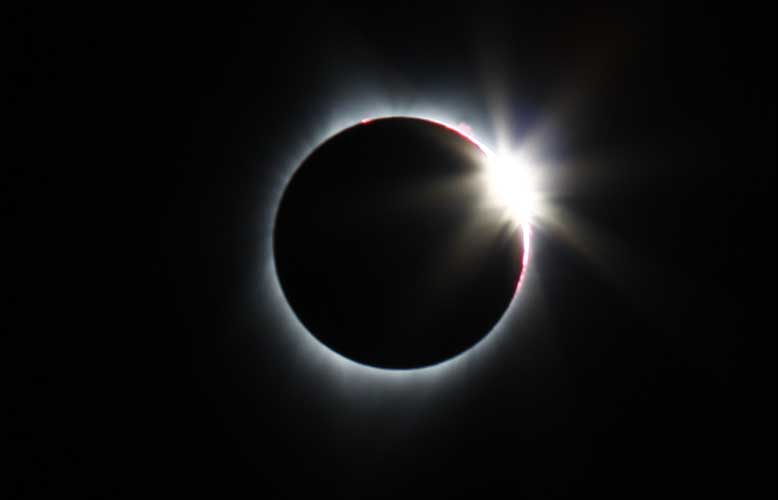- OT
- Science and vision
- Research
- Casting new light on eclipse eye damage
Casting new light on eclipse eye damage
Researchers use pioneering technology to understand cellular damage in the eye following the first coast-to-coast solar eclipse in the US for 99 years

07 December 2017
Scientists have used adaptive optics to examine cellular damage in the eye from a ‘total’ solar eclipse in the US in August.
Study author, Dr Avnish Deobhakta, of the Icahn School of Medicine, highlighted that it was the first time eye injuries from a solar eclipse had been imaged in such detail.
“We haven’t had this type of advanced technology to examine solar retinopathy until recently,” he explained.
Using adaptive optics to look at retinal damage on a precise level will help researchers to better understand the condition, Dr Deobhakta added.

Researchers used the technology on a patient who looked at the sun without protective eyewear for 21 seconds during the solar eclipse.
Four hours later, the patient developed blurry distortion in both eyes and could only see colour and black.
New York Eye and Ear Infirmary specialists examined her three days later and found she had burned a hole in her retinas.
The scientists were able to use adaptive optics to obtain high-resolution images of the damage to her photoreceptors.
Study author, Dr Chris Wu, said the findings from the study can help to prepare patients and clinicians for the next eclipse in 2024 and make them more aware of the risks of directly viewing the sun without protective eyewear.
Image credit: Richard Kinch


Comments (0)
You must be logged in to join the discussion. Log in